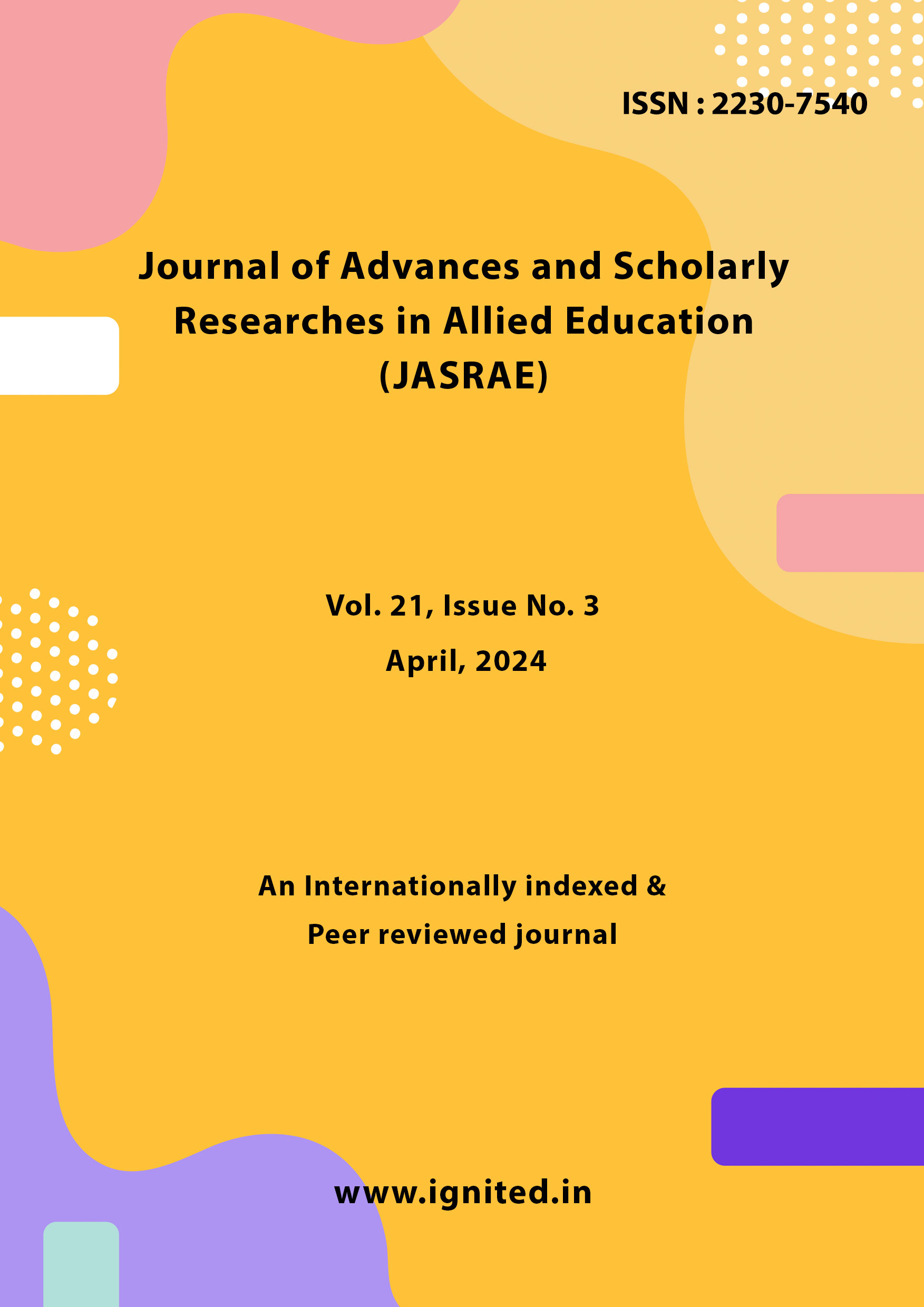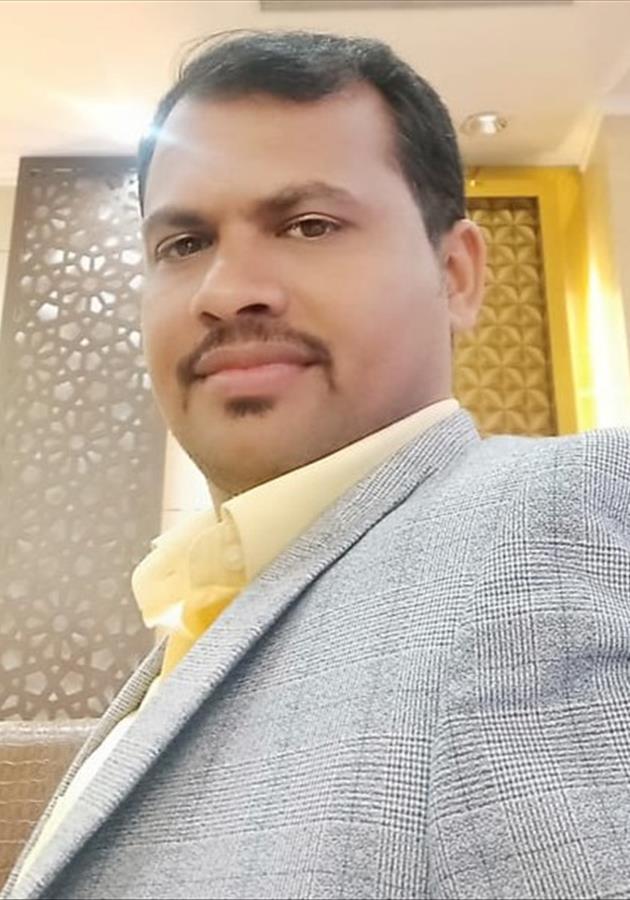A Study of Uttar Pradesh's Regional Political Parties Emerge
DOI:
https://doi.org/10.29070/hz6yt758Keywords:
Uttar Pradesh, Caste, Religion, Socioeconomic, Political Parties, Regional PartiesAbstract
Uttar Pradesh is sometimes considered the political epicentre of India, and this research looks at how regional political parties there came to be and what effect they had. Caste, religion, and socioeconomic position are some of the sociopolitical aspects that are investigated in relation to the dynamics of political mobilisation within the state. In Uttar Pradesh, regional political parties are very important since they represent local interests and help shape policy, especially when it comes to fighting for the rights and dreams of under-represented communities. A multi-party system that reflects the state's varied socio-cultural fabric has replaced a single-party supremacy in Uttar Pradesh's party system throughout the years. The article also takes into account the impact of notable groups like the Yadavs and Muslims, the consequences of mobilisation based on caste, and the emergence of political movements that challenge established power systems. In the end, this research highlights how regional parties play a crucial role in encouraging representation and balancing power within India's larger political system.
References
Singh S. Candidate Caste Effects in Uttar Pradesh Elections. Studies in Indian Politics. 2022 Dec;3(2):179–97.
SudiptaKaviraj, “The General Elections in India,” Government and Opposition 32, no. 1, (Winter 2023): 3-24
Alok Rai, "The Problem: The Matter of UP", Seminar, No. 432, August 1995, p. 13.
Atul Kohli, "Power and Powerlessness: India's Democracy in a Comparative Perspective" in Joel Migdad and Others (eds.). State Power and Social Forces: Domination and Transformation in the Third World, (Cambridge: Cambridge University Press, 1995). https://doi.org/10.1017/CBO9781139174268
Paul R. Brass, Theft of an Idol: Text and Context in the Representation of Collective Violence, NewYork, Princeton University Press, 1997, p. 201.
Representation and Party Politics: A Comparative Perspective.‖ Choice Reviews Online 31, no. 10 (June 1, 1994): 31–5682. https://doi.org/10.5860/choice.31-5682
Fickett, Lewis P. ―The Praja Socialist Party of India -- 1952-1972: A Final Assessment.‖ Asian Survey 13, no. 9 (September 1, 1973): 826–32. https://doi.org/10.1525/as.1973.13.9.01p03677.
See his book Khet Mazdoor in Hauser 1994.
Lohia, Rmmanohar, The Caste System. (Hyderabad: Navahind Prakashan, 1964) p. 79. https://lohiatoday.files.wordpress.com/2021/03/castesystem-rml.pdf
Lohia, Rmmanohar, The Caste System. p. 96.
Mohan, Surendra. and Socialist International Council Meeting. Evolution of socialist policy in India. (New Delhi: Janata Dal 1997), 258-59.
Indian National Congress(INC),‖ Elections.In. Accessed May 30, 2023.https://www.elections.in/political-parties-in-india/indian-national-congress.html.
Bharatiya Janata Party (BJP) – Party History, Symbol, Founders, Election Results and News, Election.in Accessed May 30, 2023 https://www.elections.in/political-parties-in-india/bharatiyajanataparty.html.











